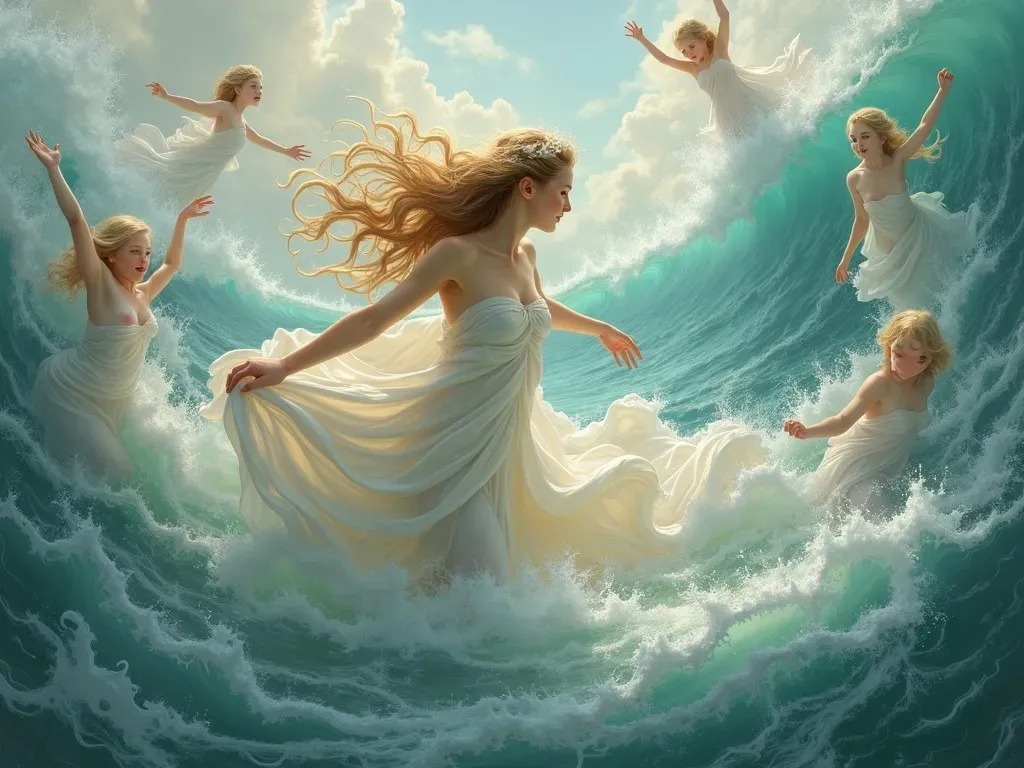Famous artwork in Europe has captivated audiences for centuries, showcasing the richness of culture and history through masterful creations. From the grand halls of the Louvre to the intimate corners of local galleries, Europe is home to some of the most iconic pieces of art ever created. These works are not only visually stunning but also represent the art movements and cultural shifts that shaped the continent. Let’s take a closer look at some of the most renowned masterpieces and their creators.
The Highlights of Famous Artwork in Europe
-
Mona Lisa by Leonardo da Vinci
- Location: Louvre Museum, Paris, France
- Year: 1503 – 1506
- The Mona Lisa remains one of the most famous paintings in the world. Leonardo da Vinci’s enigmatic portrayal leaves viewers in awe, sparking countless theories about the subject’s smile.
-
The Starry Night by Vincent van Gogh
- Location: Museum of Modern Art, New York City, USA (originally from Europe)
- Year: 1889
- Although now housed in New York, this masterpiece reflects the Post-Impressionist movement and van Gogh’s emotional depth through swirling skies and vibrant colors.
-
The Persistence of Memory by Salvador Dalí
- Location: Museum of Modern Art, New York City, USA (originally from Europe)
- Year: 1931
- A seminal piece of Surrealism, Dalí’s melting clocks challenge our understanding of time and reality.
-
Guernica by Pablo Picasso
- Location: Museo Reina Sofía, Madrid, Spain
- Year: 1937
- Picasso’s powerful anti-war painting captures the horrors of the Spanish Civil War and is often regarded as one of his most famous works.
-
The Birth of Venus by Sandro Botticelli
- Location: Uffizi Gallery, Florence, Italy
- Year: 1484 – 1486
- This quintessential Renaissance painting captures the mythological birth of Venus, embodying the ideals of beauty and classical mythology.
Facts and Figures
| Artwork | Artist | Year | Current Location |
|---|---|---|---|
| Mona Lisa | Leonardo da Vinci | 1503-1506 | Louvre Museum, Paris |
| The Starry Night | Vincent van Gogh | 1889 | Museum of Modern Art, NYC |
| The Persistence of Memory | Salvador Dalí | 1931 | Museum of Modern Art, NYC |
| Guernica | Pablo Picasso | 1937 | Museo Reina Sofía, Madrid |
| The Birth of Venus | Sandro Botticelli | 1484-1486 | Uffizi Gallery, Florence |
This table provides a quick overview of some of the most celebrated pieces of artwork in Europe, reflecting the diversity of styles and eras that contribute to the continent’s cultural heritage.
Key Art Movements in European History
1. The Renaissance
The Renaissance marked a period of renewed interest in art, literature, and science in Europe, spanning the 14th to 17th centuries. Key figures include:
- Leonardo da Vinci
- Michelangelo
- Raphael
Renowned works from this period include the Sistine Chapel Ceiling and The School of Athens.
2. Baroque
Baroque art (17th – 18th century) is known for its grandiose style and emotional drama. Notable Artists include:
- Caravaggio
- Peter Paul Rubens
- Rembrandt
Highlighted by strong contrasts of light and shadow, famous works include The Night Watch and The Calling of Saint Matthew.
3. Impressionism
Originating in the late 19th century, Impressionism broke away from traditional approaches, emphasizing light, color, and everyday subjects. Notable painters include:
- claude monet
- Edgar Degas
- Pierre-Auguste Renoir
Famous works like Impression, Sunrise and Ballet Rehearsal illustrate the movement’s focus on capturing the moment.
Reference Video
Famous European Painters and Their Signature Styles
1. Claude Monet
A founder of French Impressionism, Monet is celebrated for his use of light and color. Key works include Water Lilies and Rouen Cathedral series.
2. Vincent van Gogh
Known for his emotional intensity and vibrant brushwork, van Gogh’s works like Starry Night and Sunflowers showcase his unique perspective.
3. Pablo Picasso
One of the most influential artists of the 20th century, Picasso is known for co-founding the Cubist movement; notable works include Les Demoiselles d’Avignon and Guernica.
Frequently Asked Questions (FAQs)
Q1: Where can I find the most famous artwork in Europe?
You can visit major art museums such as the Louvre in Paris, Uffizi Gallery in Florence, and the Museo del Prado in Madrid to see famous European artwork.
Q2: What is the significance of the Mona Lisa?
The Mona Lisa is considered a masterpiece of portrait painting, known for its exquisite detail and the mysterious expression of the subject.
Q3: Which European art movement had the most impact?
The Renaissance significantly shaped art, marking the transition from medieval to modern perspectives and inspiring countless artists and movements thereafter.
Q4: Are there any famous artworks accessible for free?
Many galleries and museums in Europe have designated free entry days, or certain collections can be accessed for free, such as the National Gallery in London.
For a deeper exploration of famous artwork in Europe, check out this authentic reference that details must-see masterpieces across the continent.
Famous artwork in Europe offers an unparalleled glimpse into human creativity over centuries. From the intricacies of Renaissance masterpieces to the bold statements of modern art, these iconic pieces continue to inspire and fascinate art lovers around the world. Whether you’re wandering through a gallery or lost in a painting’s depths, the legacy of Europe’s artistic heritage is waiting to be discovered.
